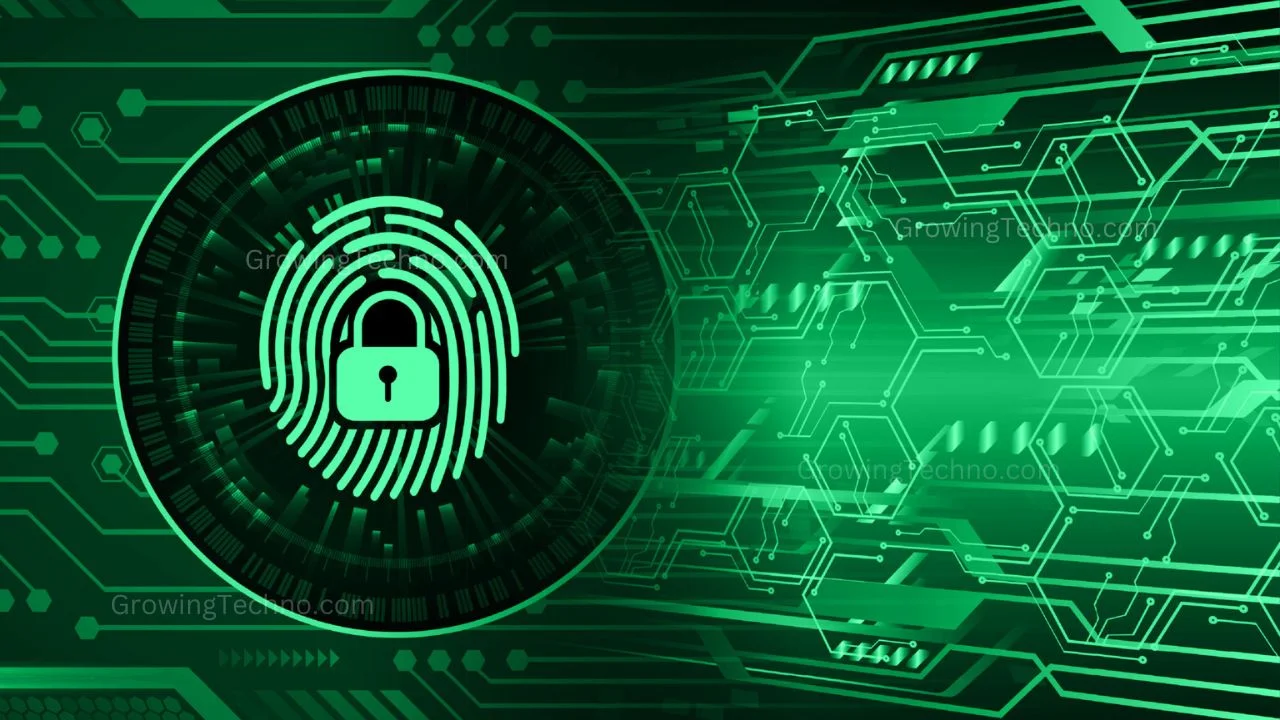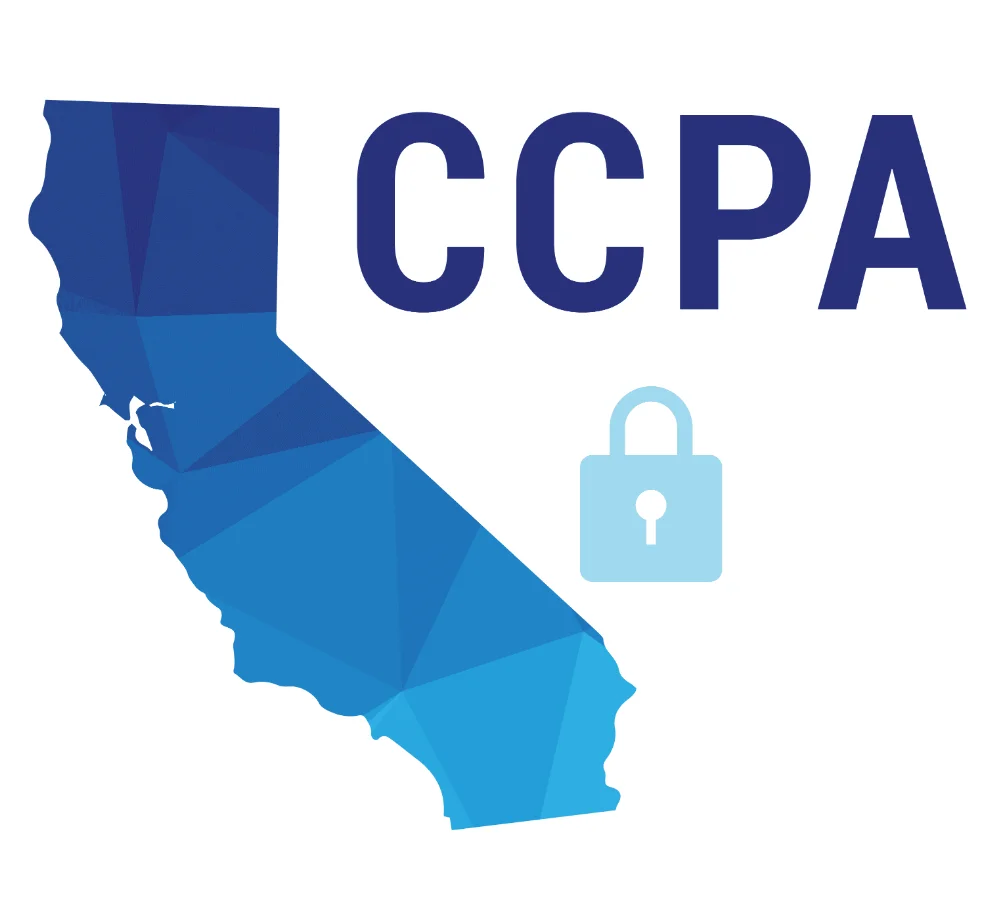
In an era defined by digital transformation and connectivity, the concept of digital identity and online privacy has taken center stage. As we navigate the vast landscape of the internet, the need to protect our personal information and maintain our digital identity has become more critical than ever. This article delves into the challenges posed by the evolving digital landscape and underscores the utmost importance of safeguarding digital identity and privacy.
The Complex Web of Digital Identity:
In today’s connected world, our digital identity is comprised of a multitude of online footprints. From social media profiles and online purchases to email interactions and browsing history, every online action contributes to our digital persona. However, this intricate web of data also presents significant challenges. Cybercriminals are constantly seeking ways to exploit vulnerabilities and gain unauthorized access to personal information. Data breaches, phishing attacks, and identity theft are just a few of the threats that individuals and organizations face.
The Stakes of Online Privacy:
Maintaining online privacy is no longer a luxury but a necessity. Our digital footprint holds insights into our behavior, preferences, and even sensitive data. The implications of data exposure can be far-reaching, ranging from financial loss to reputational damage. Moreover, the exponential growth of the Internet of Things (IoT) has led to an increased exchange of personal information through interconnected devices, heightening the potential risks.
Navigating the Challenges:
Protecting digital identity and privacy requires a multi-faceted approach. Individuals must remain vigilant about the information they share online, practicing caution when disclosing personal details and credentials. Implementing strong and unique passwords, enabling two-factor authentication, and keeping software up-to-date are essential steps to mitigate risks.
Organizations, too, play a pivotal role in upholding customer privacy. Transparency about data collection practices, robust cybersecurity measures, and stringent data protection policies are integral to building and maintaining trust.
The Regulatory Landscape:
Governments and regulatory bodies around the world are responding to the digital identity and privacy challenges by introducing stricter regulations. The General Data Protection Regulation (GDPR) in Europe and the California Consumer Privacy Act (CCPA) in the United States are examples of initiatives designed to give individuals greater control over their personal data.


The Way Forward:
As our lives become increasingly intertwined with technology, safeguarding digital identity and privacy must be a collective effort. Education and awareness are fundamental in empowering individuals to make informed decisions about their online presence. By adopting secure online practices, staying informed about potential threats, and supporting regulatory efforts, we can create a safer and more secure digital landscape for everyone.
Conclusion:
The digital age has brought us unprecedented convenience and connectivity, but it has also underscored the necessity of safeguarding our digital identity and privacy. With proactive measures, awareness, and a collaborative approach, we can navigate the challenges posed by the connected world while ensuring the security of our online presence.
Found this helpful? Share the wisdom!










